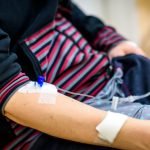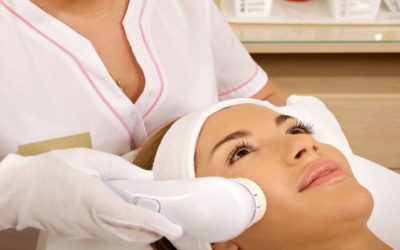Sleeplessness is not uncommon in the general population; it is even more uncommon among people who suffer from epilepsy.
Sleeplessness is not a sleep disorder; sleep disorders are definitive medical conditions that cause problems with sleep. Examples of sleep disorders are apnea, narcolepsy, nocturnal seizure, etc. Being tired during the day is most likely caused by a sleep disorder.
There are a number of different types of sleep disorder:
Sleep Apnea: This disorder is one of the most common, and because of the potential of serious consequences, it is also one of the most important. The general population may suffer from sleep apnea to the tune of 3%, however, in middle-aged men; this has been reported to grow to 40%. Sleep apnea is characterized by repetitive instances of blockage of the airway; the blockage can be partial or full. Although the most common complaint from sufferers is daytime tiredness, it can also be accompanied by the grinding of teeth, waking with a dry mouth, headaches in the morning, snoring and erectile dysfunction.
In sleep apnea, the upper airway gets blocked. As muscle tone decreases during REM sleep, the potential for the obstruction, which happens between the pallet and epiglottis, increases. The disease cannot also be triggered by obesity. Treatments include oral appliances, which change the position of the airway, surgery and sleep positioning.
Restless leg syndrome: Periodic movement of the limbs during sleep is normal. There are actually two syndromes, periodic limb movement and restless leg syndrome.
Periodic movement of the limbs is rhythmic movements, which normally occur in one or both legs, and at times include the arms. Although the individual is not aware of the movements, he is aware of the frequent awakenings. The bed partner may report jerking, which at times is confused with epilepsy. They occur between every 5 and 90 seconds and last from one to five seconds.
Restless leg syndrome has as its characteristic an itching or burning sensation, which only occurs when completely relaxed. The movements can be suppressed but typically, the urge to move overwhelms. Many people have to actually leave bed and walk around for relief. This syndrome does not appear during sleep, but it results in the patient not being able to get to sleep, so the result is the same, daytime drowsiness.
Insomnia: A common sleep disorder is insomnia, which is difficulty in falling asleep and staying asleep. The causes of insomnia are usually caused by psycho physiological issues, as well as depression and anxiety. The treatment for insomnia can be sleeping tablets which have a tendency to sedate the sufferer.
There are other sleep disorders as well as arousal disorders, which occur with very deep sleep, such as what occurs after sleep deprivation.
A sleep disorder can have serious effects on the sufferer, anything from fits of depression to poor performance at work. At University Behavioral Health in Denton, there are specialists to help the sufferer overcome this disruptive syndrome.







